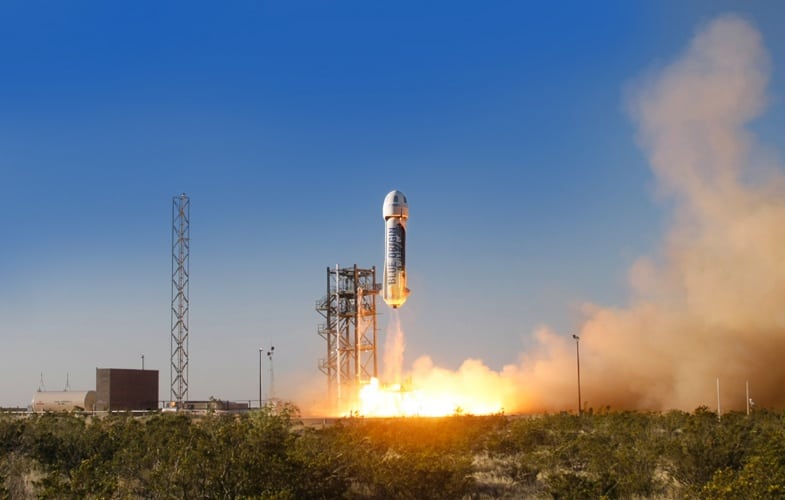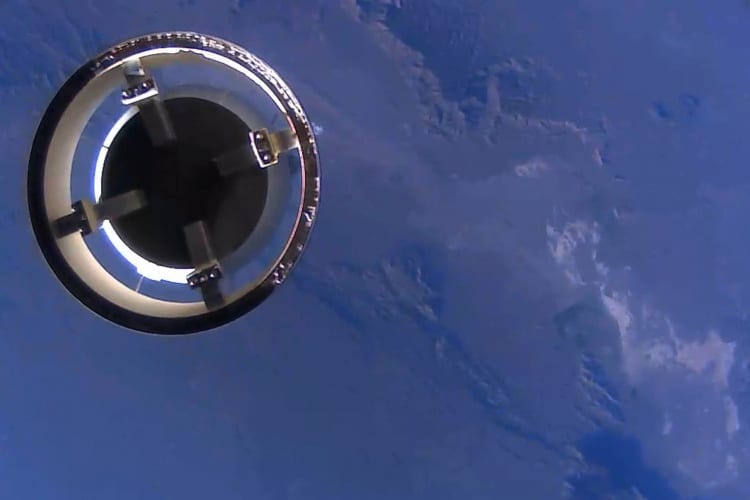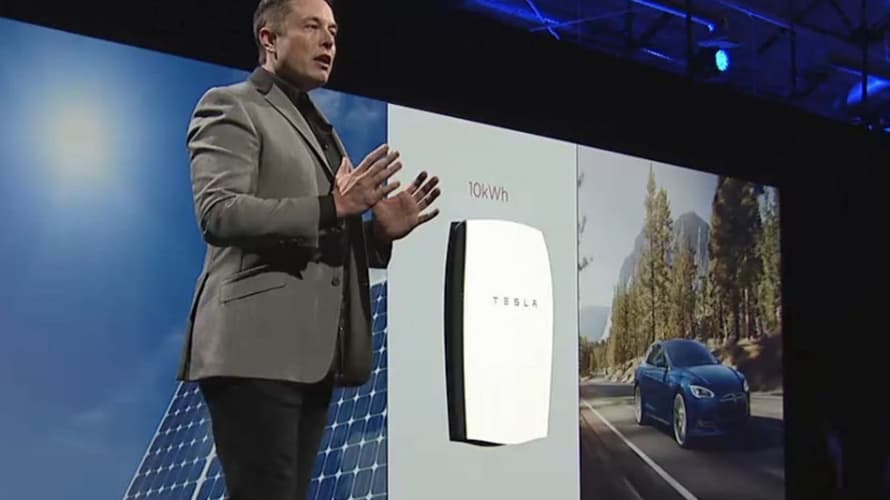We appear to be firmly into the era of privately-funded space travel. Yesterday, New Shepard, the first rocket from space company Blue Origin, blasted off from a Launchpad in the West Texas desert on a test flight, reaching an altitude of 58km before its crew capsule — just a dummy on this flight, but planned to carry three people in future — separated and drifted back down to the surface on parachutes. The rocket itself, a stubby hydrogen-powered booster, is intended to return to Earth vertically to be reused, but this part of the mission was not successful.

Blue Origin is owned by Jeff Bezos, who made his fortune through founding internet retail giant Amazon. So in that sense it’s quite similar to SpaceX, the company owned by Elon Musk, often called the real world’s closest equivalent to Tony Stark, the alter-ego of the superhero Iron Man in comics and films. But the two tycoons have different space goals.
Bezos is targeting the space tourism market, with New Shepard intended to carry paying customers into 62km sub-orbital flights, although commercial and scientific payloads are also a possibility. Musk’s sights are set higher, literally. His Falcon rockets are already sending Dragon capsules to the International Space Station on resupply missions, and the plan is for crewed capsules to follow, becoming a new option to send and retrieve crew from the ISS as the first alternative to the venerable Russian Soyuz capsules that have been the only way to get people into orbit since the retirement of NASA’s Space Shuttle. SpaceX will, if its schedule is successful, beat NASA at getting humans back into orbit, with crewed Dragon flights planned for two to three years’ time: NASA isn’t planning to fly crewed Orion capsules until 2021 at the earliest.

Blue Origin is also important to NASA. It plans to use New Shepard’s successor, currently still on the drawing board and nicknamed Very Big Brother (VBB), to propel the Vulcan rocket, the successor to the current launch workhorses Delta4 and Atlas5.
VBB is planned to produce 550,000lbf (745kNm) of thrust, compared with New Shepard’s 110,000lbf (149kNm). The powered vertical descent function is planned for both and is vital to the launch economics — refurbishing a launcher is obviously much cheaper than building one from scratch. However, it’s proving as difficult for Musk’s company as it is for Bezos’: Falcon’s retrieval, with a vertical landing on an autonomous ‘drone ship’ charmingly named ‘Try Reading the Instructions’ (a tribute to the late Scottish science fiction author Iain M Banks, whose novels featured starships with whimsical names such as ‘Very Little Gravitas Indeed’ and ‘It’s Character Forming’) have so far been unsuccessful, apart from providing spectacular video footage of crashes; to the extent that certain wits have opined that Musk’s landing ship should be renamed ‘Left a Bit, Right a Bit’.
“At this point, if Elon Musk started flying around in a poweredf titanium-alloy armoured exosuit, we wouldn’t be at all surprised
And what of the UK’s own space-hungry tycoon? Richard Branson’s Virgin Galactic, probably the most technologically ambitious of the sub-orbital contenders with its airborne-launched spaceplane Space Ship Two, has been understandably quiet since the craft broke up last October with the loss of one of its pilots and serious injury to the other. Scaled Composites, the company behind Space Ship Two (and now owned by Virgin) is currently building a new craft and once it’s finished testing will begin again, but Virgin Galactic is yet to complete even a test of its suborbital mission profile and is no closer to setting a date for its first commercial flights; the investigation of last year’s crash is still underway and it’s not clear where the fault crept in.
But while Space Ship Two is ambitious in terms of its technology, as we’ve said before it’s probably the least ambitious in its goals: it’s a glorified thrill-ride for the very rich and Virgin have given no indication of how they plan to make it anything else (and neither would we expect them to, in the current situation). For that matter, neither have Musk or Bezos, but they didn’t indulge in the kind of ‘space travel for everyone’ rhetoric that characterised Richard Branson’s speeches at Virgin Atlantic’s launch (windy, difficult-to-fulfil claims are, of course, a hallmark of all Branson’s ventures).
Musk in particular has other metaphorical fish to fry, as he proved yesterday with the launch of the first home- and grid-scale batteries from Tesla, which now seems to have taken a huge step on its planned transition from a premium electric vehicle company to an energy storage company, which will be complete when it opens its enormous battery plant, the Gigafactory, in Nevada in 2017; this will churn out a planned 35GWhr/year of cells and 50GWhr/year of battery packs. At this point, if Musk started flying around in a powered titanium-alloy armoured exosuit we wouldn’t be at all surprised.

We seem to be at a similar stage with spaceflight and other technologies now as aerospace was in the 1930s, with maverick engineer/tycoons like Howard Hughes and driven lone geniuses like RJ Mitchell leading development that outstrips government-funded efforts. We look back on those times now as a golden age. If the comparison is accurate, the next couple of decades will see their innovations filter down to our daily lives. A new golden age? Possibly. Exciting times? Definitely.




Nanogenerator consumes CO2 to generate electricity
Whoopee, they've solved how to keep a light on but not a lot else.